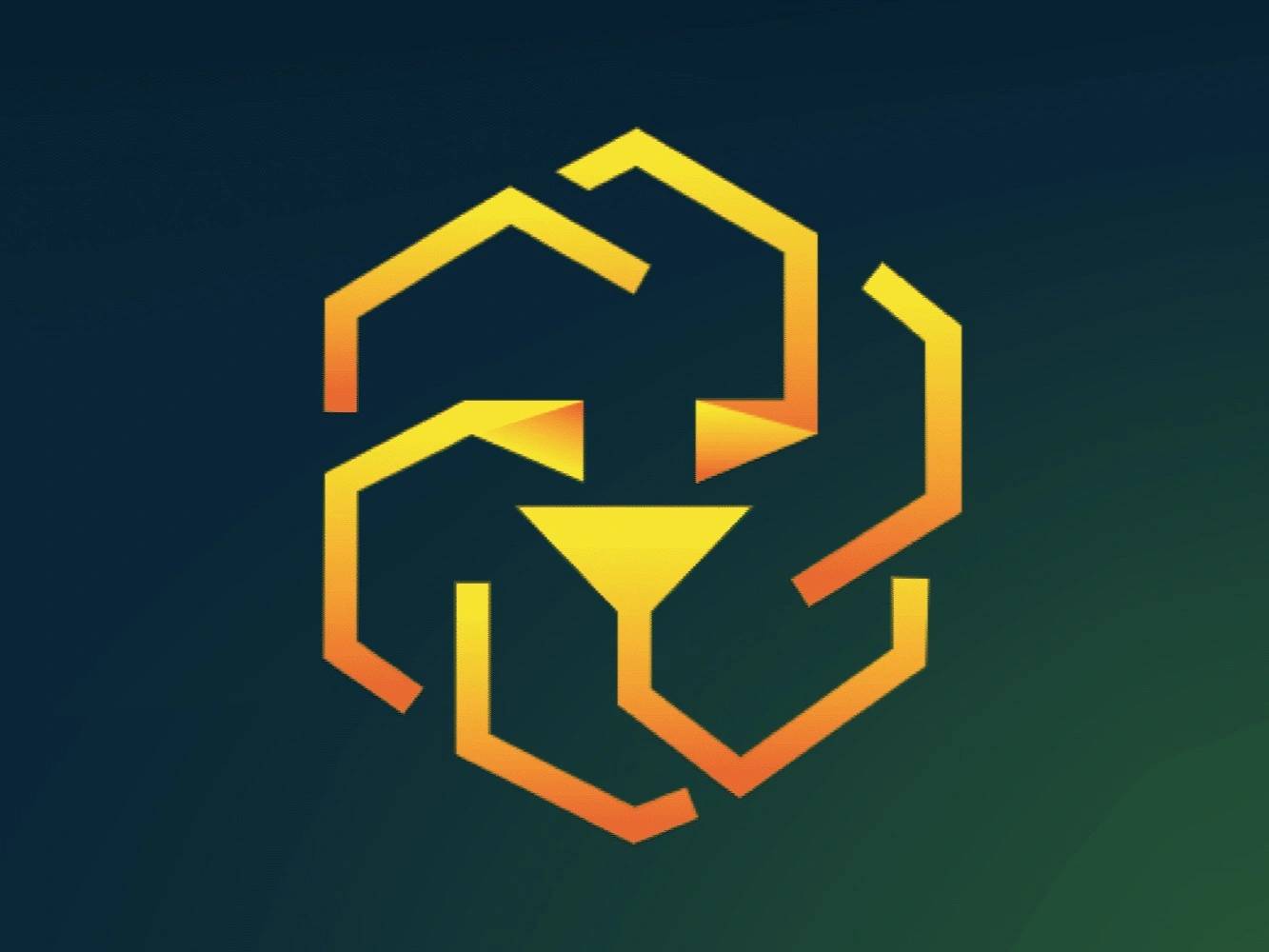위키 구독하기
Share wiki
Bookmark
LEO Token (LEO)
LEO Token (LEO)
LEO 토큰은 UNUS SED LEO로도 알려져 있으며, 유틸리티 토큰이자 암호화폐로, 보유자에게 iFinex가 운영하는 암호화폐 거래소(예: Bitfinex)에서 거래, 대출 및 거래 수수료 할인 혜택을 제공합니다. [12] [1]
개요
2019년 iFinex가 출시한 LEO 토큰은 유틸리티 토큰으로, 특히 Bitfinex 거래소를 포함한 iFinex 생태계 내 활동을 지원하도록 설계되었습니다. 초기에는 자금 조달을 위해 도입되었으며, 현재는 사용자에게 거래, 대출 및 출금에 대한 계층별 수수료 할인을 제공합니다. 이러한 혜택은 보유한 LEO의 양에 따라 달라지므로 토큰 소유와 플랫폼 참여를 장려합니다. LEO는 Ethereum과 EOS 블록체인에서 발행되어 더 넓은 호환성과 접근성을 제공합니다.
LEO의 유틸리티는 iFinex의 인프라에 통합되어 사용자가 다양한 기능과 특권에 접근할 수 있도록 합니다. 수수료 감면 및 할인은 토큰 보유량에 따라 자동으로 적용되어 사용자 경험을 간소화하고 플랫폼 서비스에 대한 접근성을 확장합니다. 이러한 특권은 다양한 거래 및 출금 옵션에 걸쳐 확장되어 생태계의 적극적인 참여자에게 가치를 더합니다.
LEO를 지원하는 기본 시스템은 iFinex가 전적으로 제어하는 독립적으로 운영되는 데이터 센터에 구축되어 있습니다. 이를 통해 타사 클라우드 서비스에 대한 의존성을 피하고 성능과 보안을 더욱 효과적으로 제어할 수 있습니다. 이 인프라는 시장 변동성이 심한 경우에도 높은 처리량과 신속한 운영을 지원합니다.
토큰 공급량은 스마트 계약을 통해 수행되는 투명한 소각 메커니즘을 통해 감소됩니다. iFinex는 회사 수익을 사용하여 LEO를 정기적으로 매입하고 소각합니다. 이 과정은 시간이 지남에 따라 총 공급량을 점진적으로 줄이도록 설계되었으며, 모든 활동은 온체인에 기록되어 투명성과 추적성을 보장합니다. [3] [10]
역사
출시
iFinex는 5월(프라이빗 세일)과 6월(퍼블릭 세일)에 LEO에 대한 초기 거래소 상장(IEO)을 통해 UNUS SED LEO를 출시했으며, 토큰은 USDT와 1:1 비율로 판매되었습니다. [2][14]
LEO 토큰은 처음에 두 개의 블록체인에서 발행되었습니다. Ethereum에서는 6억 6천만 개의 ERC-20 토큰, EOS에서는 3억 4천만 개의 EOS 기반 토큰입니다. Bitfinex 거래소는 크로스체인 변환을 지원합니다. [3][8]
LEO 토큰의 출시는 2018년 여름 Crypto Capital이 보관하고 있던 Bitfinex 자산의 일부가 정부 당국에 의해 압류되었다는 주장과 2016년 해커들이 119,756개의 BTC를 훔친 BitFinex 해킹 사건 이후에 이루어졌습니다. [21]
UNUS SED LEO라는 이름은 그리스 이야기꾼 이솝의 우화인 "암퇘지와 사자 새끼"에서 따온 라틴어 구절 "Unus Sed Leo"에서 유래했습니다. "하나이지만 사자"로 번역되는 이 구절은 우화의 교훈을 담고 있으며, 한 마리 사자 새끼의 힘과 용기가 암퇘지 새끼 여러 마리보다 크다는 점에서 질보다 양이 중요하다는 철학을 보여줍니다. [13]
Crypto Capital 압류
2018년 여름 후반, Crypto Capital은 Bitfinex에 보관 중인 자금의 일부가 정부 당국에 의해 압류되었지만 곧 풀릴 것이라고 알렸습니다. 그러나 연말이 되자 Bitfinex는 Crypto Capital이 자산을 반환하지 않을 가능성에 대해 점점 더 우려하게 되었습니다. 예방 조치로 Bitfinex는 신용 시설을 통해 담보 대출을 협상하기 시작했습니다. [4]
잘못된 내용이 있나요?
